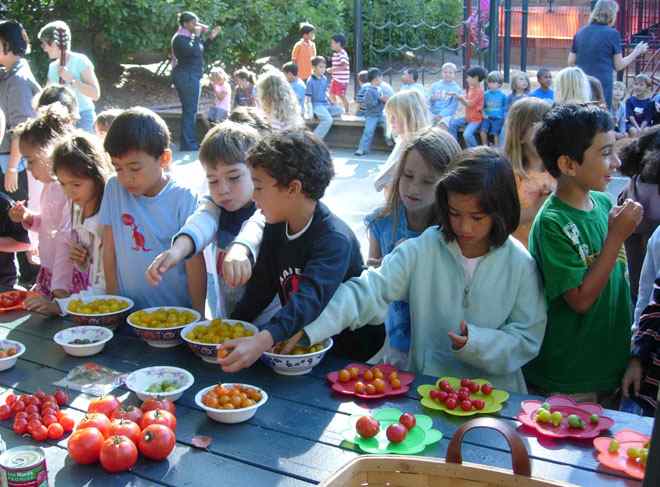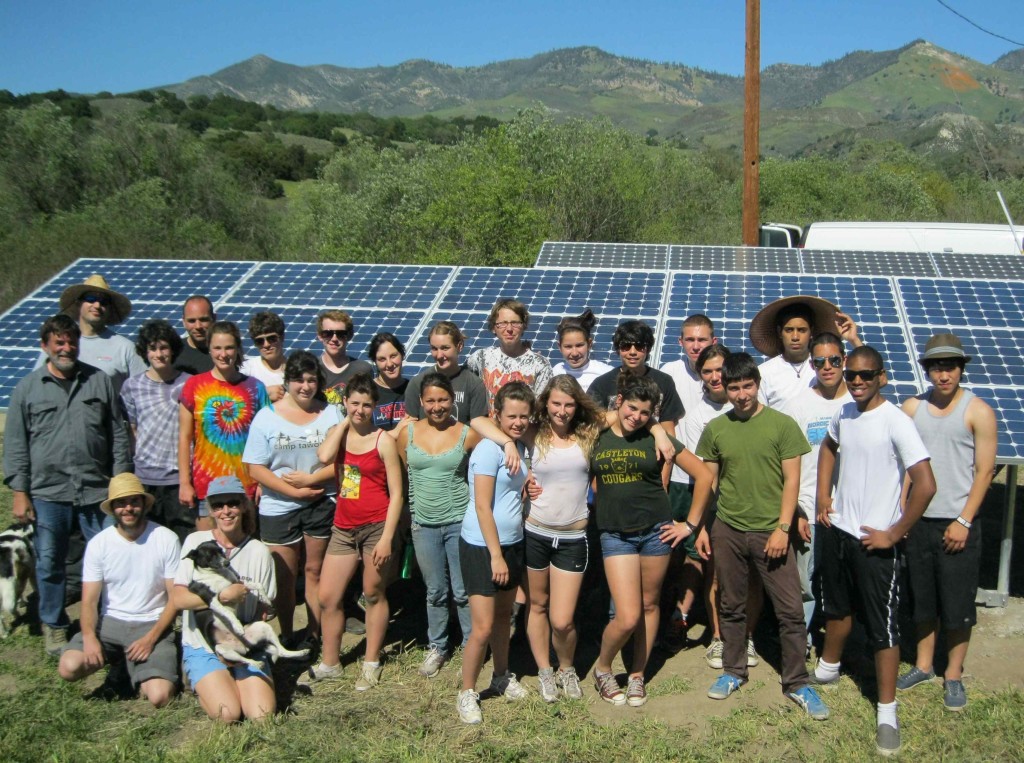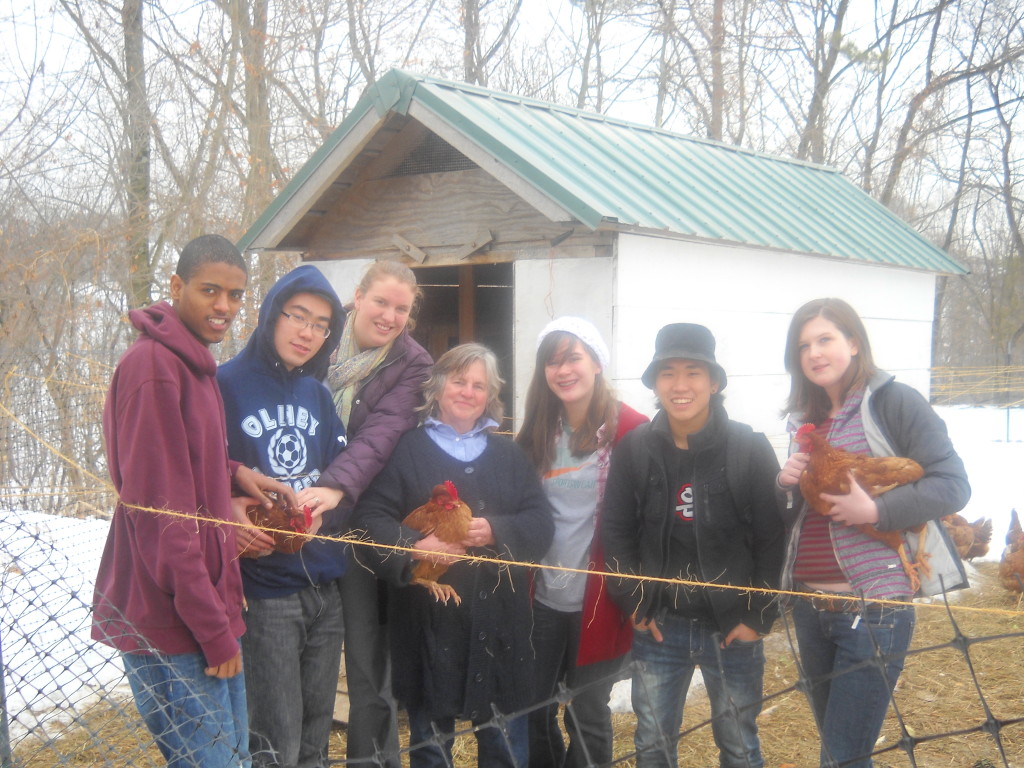In 2010 when I stepped down from my long-term position as principal of the K-12 Head-Royce in Oakland, I set out on a journey to help grow greener, more sustainable schools. Aware of all that I needed to learn, I visited well over 125 public and private schools serving K-12 students, a number of colleges and universities, and many environmental organizations in order to write Greening America’s Schools and Greening 2.0.[1] My conclusion: green schools are characterized by efficient use of resources, healthy operations, and an environmental curriculum—three pillars that form the cornerstone of the national Green Ribbon Schools program.[2]
I also became convinced that we need to measure environmental education and sustainability in our schools and use the results to benchmark progress. In September 2013 Inverness Associates conducted a comprehensive, national survey of environmental education and sustainability among private independent schools across the country.[3] The survey sought an understanding of how schools’ environmental educational programs develop environmental literacy among students—environmental knowledge, skills, attitudes and behaviors they need to become environmental stewards—and it examined the broader issue of how schools are becoming more environmentally sustainable. With 678 school heads in 46 states and the District of Columbia participating out of 1879 surveyed, the 36% response rate clearly indicated a strong interest in this issue. This research will be followed this fall by a companion survey of over 7500 public schools in California, with the results to be released by the end of 2014.

The national survey of private schools demonstrates that there is remarkably widespread engagement with some form of environmental education (EE) and, more broadly, environmental sustainability in our schools. In all areas of operation the survey shows that many independent schools are making environmental sustainability a priority. Yet, the survey also reveals that independent schools need to adopt a more systematic and systemic approach to environmental education and sustainability.
Here is a deeper dive into the findings. Interest in EE and sustainability is very high, especially among administrators, faculty and students, who are motivated by their concern for the environment. Many schools are organizing around an environmental mission, policy, strategic plan and a green team. Some schools have sustainability coordinators, but volunteers head most efforts. Financial support for EE and sustainability is modest, with half the schools spending less than $5,000 per year on non-construction activities. A great majority of schools are working to lower their environmental impact through waste reduction, recycling, composting, and energy efficiency. A large number of schools have gardens and are offering nutritious food. A quarter of schools are incorporating green building practices in new construction and renovation. As one school head said, “Our faculty, staff and students have pride in being environmental stewards and leaders in our community.”

From the survey, it is clear the integration of EE in the curriculum in private schools is just beginning.In most schools EE takes place outside the classroom: in outdoor education (79%), service learning projects (73%), using the campus as a hands-on learning laboratory (70%), or civic engagement projects with environmental themes (65%).Many schools indicate EE is taught in a student environmental club (58%).Schools are trying to integrate environmental and sustainability concepts in STEM classes (72%) and across the curriculum (51%).
Almost all school-based EE curriculum development is initiated by teachers (92%), and only a few schools have professional development in EE that is very extensive (15%).The most successful schools have defined environmental literacy, used it to evaluate and revise the curriculum, and provided support and professional development for the faculty to integrate environmental education in the academic program.From the survey and from school visits and interviews, it appears that while environmental activities seem to be relatively widespread, EE has yet to move in to the curricular mainstream.
It is also clear from the survey that principals recognize the importance of informal environmental education that connects students to nature, which takes place outside of the formal classroom setting. A large number believe informal environmental education is extremely or very important in helping students achieve environmental literacy (65%). Virtually all schools report using a variety of field trip experiences—outdoor programs, science museums, zoos, aquariums, parks and farms—to promote EE.Based on the survey and interviews, however, there needs to be a stronger connection between informal environmental organizations and schools to benefit students and to provide faculty opportunities for professional growth and environmental curriculum development.[4]

In addition to illuminating best practices and successes in schools going green, the survey also pointed to key needs and challenges that must be addressed to make further progress. To address the challenges of incorporating EE and sustainability, school leaders would like more money, time, and staff. They want better organization and designated leadership. A greater commitment from their boards, an overall sustainability plan for their schools, and outside consulting support are key elements needed for improvement. Principals would like more buy-in, enhanced staff training, and more integration of environmental education into curriculum. One principle summed it up well: “The challenge is competing priorities for our time and resources.” Another said, “The biggest challenge has been to change behavior; we are creatures of habit and comfort and change has been uncomfortable.”
Shortly after I set out on my journey to document green schools, I learned about California’s Education and the Environment Initiative Curriculum, the very well developed, comprehensive environmental education curriculum that was launched in 2010. EEIC, which has been closely coordinated with Common Core and the Next Generation Science Standards, offers to educators in both private and public schools an amazing resource to bring environmental education in to their schools and classrooms. I am pleased to be part of the Ten Strands effort to bring the EEIC to a much wider audience. The success of that effort will make a significant contribution to bringing high quality environmental education to all our students in California.
Sources:
- Paul Chapman, Greening America’s Schools: The Environmental Sustainability Movement in K-12 Education and Greening America’s Schools 2.0: The Path to Environmental Sustainability (NAIS 2012, 2013, available at nais.org).
- U.S. Department of Education, Green Ribbon Schools Program, www2.ed.gov/green-ribbon-schools.
- Paul Chapman, “Environmental Education and Sustainability in American Independent Schools,” (2013), available for download at invernessassociates.org.
- Paul Chapman, “Growing Connections: California Private Schools and Informal Environmental Education: (2013)

